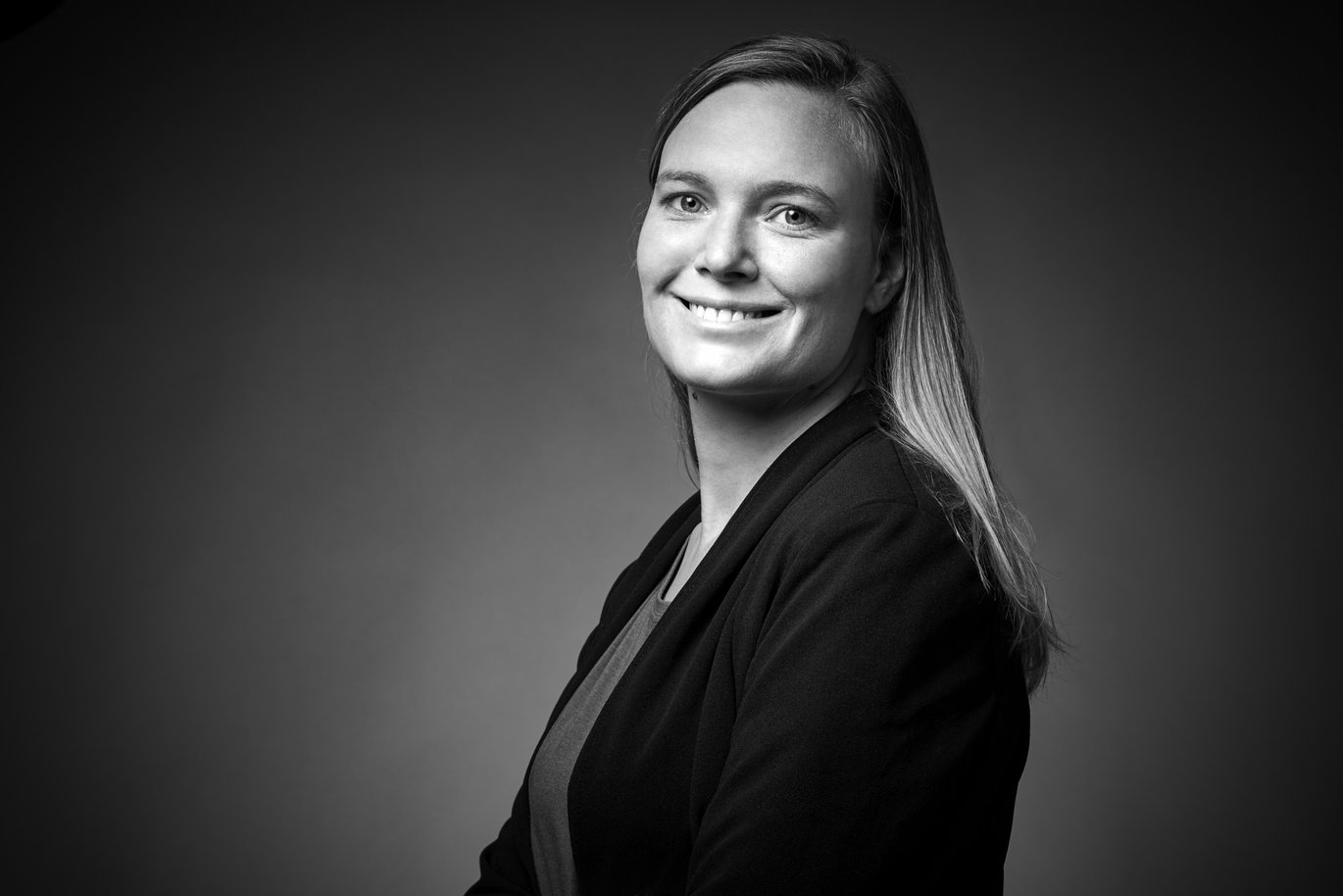Terahertz technology pushes the boundaries of materials research
Pernille Klarskov Pedersen is a new associate professor at the Department of Electrical and Computer Engineering at Aarhus University. She is the head of the Terahertz Photonics research group, which, among other things, is developing technology to sort plastic waste and inspect the solar cells of the future.

Terahertz (THz) technology is based on light with frequencies in the sub-millimetre range – far lower than visible light and slightly higher than microwaves. These light sources have a number of unique properties, and for this reason, they have been attracting an increasing interest for research and novel technology development.
For example, THz light can interact with a wide range of materials and determine their chemical composition or electrical conductivity. This makes the technology ideal for a variety of applications within materials research and computer engineering, for example.
Pernille Klarskov Pedersen is one of Denmark’s leading researchers in THz technology. She is a new associate professor at the Department of Electrical and Computer Engineering, and her laser laboratory is located in the basement of the Aarhus University campus.
Pernille Klarskov Pedersen is heading the Terahertz Photonics research group – a research area that currently has three focus areas: Plastics, spintronics and photovoltaic technology.
"THz technology is at the core of my research, and basically it's about using THz light to extract knowledge out of materials. For example, within plastics we use THz spectroscopy to distinguish between different types of plastic, and within spintronics we use THz pulses to interact with skyrmions (extremely small swirling currents in magnetic materials, ed.), so that we can measure the direction of spin and thereby create a basis for new data-storage technologies. It's all about the interplay between materials and light," says the associate professor.
Pernille Klarskov Pedersen believes that THz technology could potentially revolutionise existing light-based technologies.
"Only during the past decade have we seen any real development in compact THz systems that are relevant for commercial use. Using THz technology, we can get far more details about the functionality of materials for the technologies and green transition of the future, even without being in direct contact with the material," she says.
Pernille Klarskov Pedersen was born and raised in Frederiksværk in northern Zealand. Her interest in science grew in high school, encouraged in particular by her physics and chemistry teachers. After upper secondary school, she studied at the University of Copenhagen and the Technical University of Denmark, DTU.
She first met THz technologies when she started her PhD. She was fascinated by the many untapped opportunities and great potential in the technology. Since her PhD, which looked at energy transport in sugar crystals as a simplified model of the photosynthesis, she has researched THz technology at the Ivy-League Brown University on Rhode Island and the University of Rochester in New York.
She came to Aarhus University as an assistant professor in 2018 and since then she has headed the research about THz technology.
Contact
Associate Professor Pernille Klarskov Pedersen
Department of Electrical and Computer Engineering
Mail: klarskov@ece.au.dk
Tel.: +4593521158
